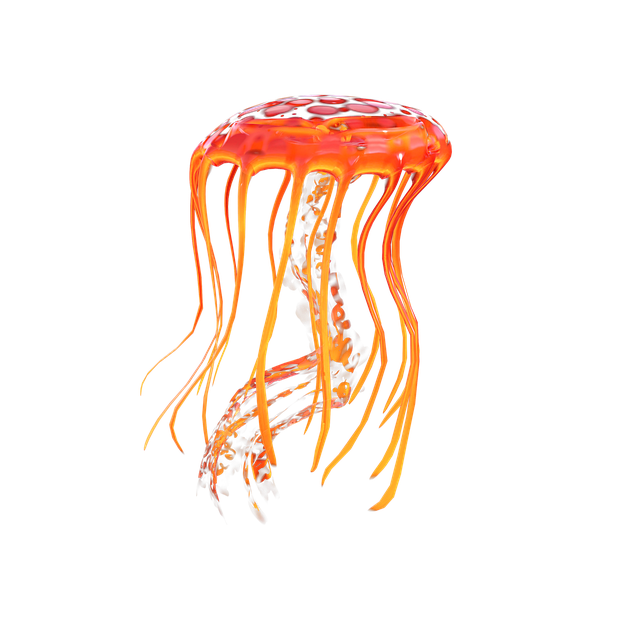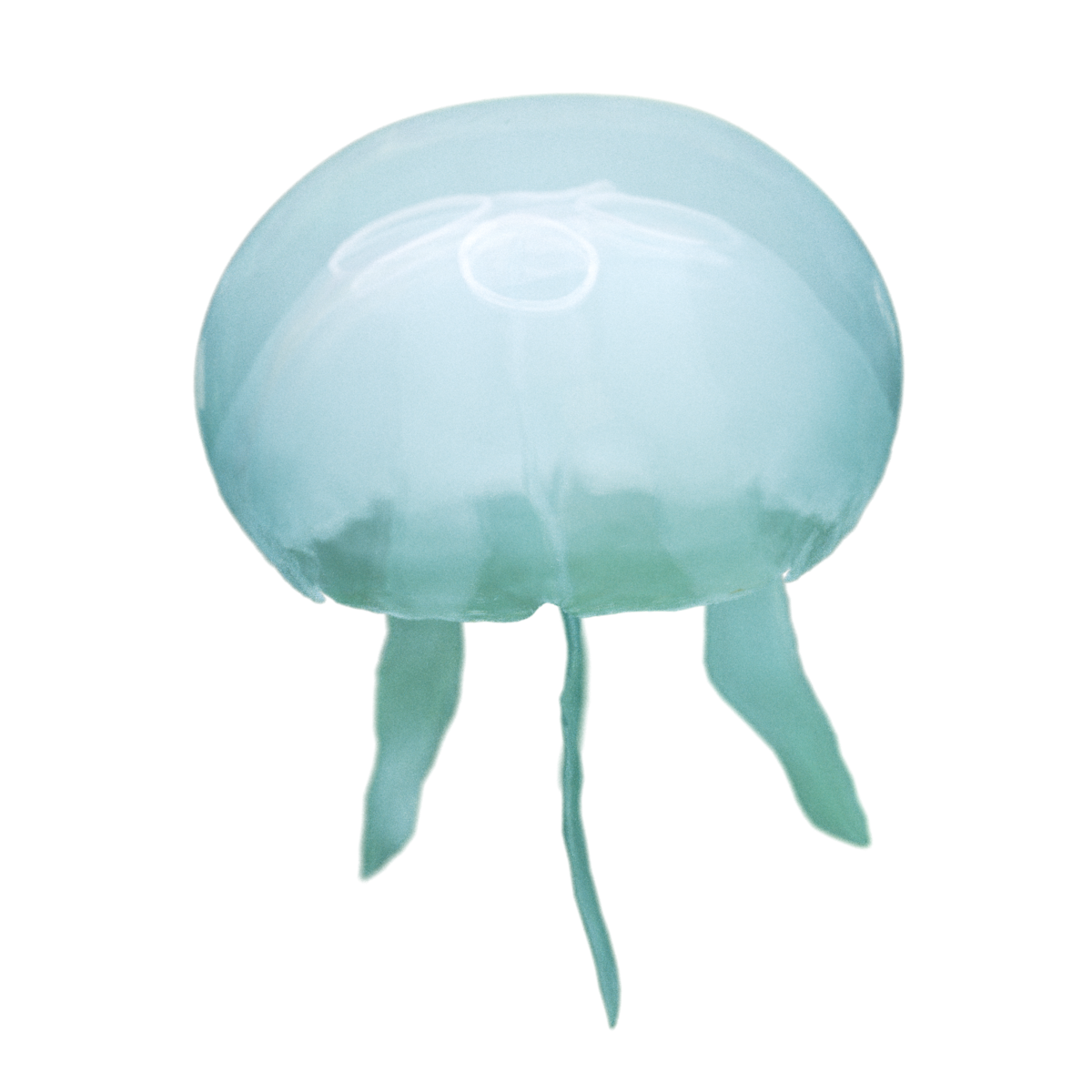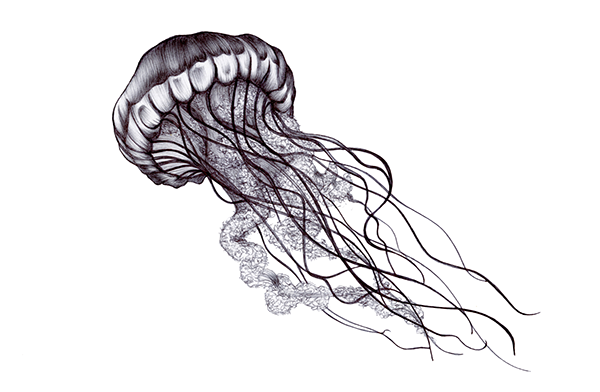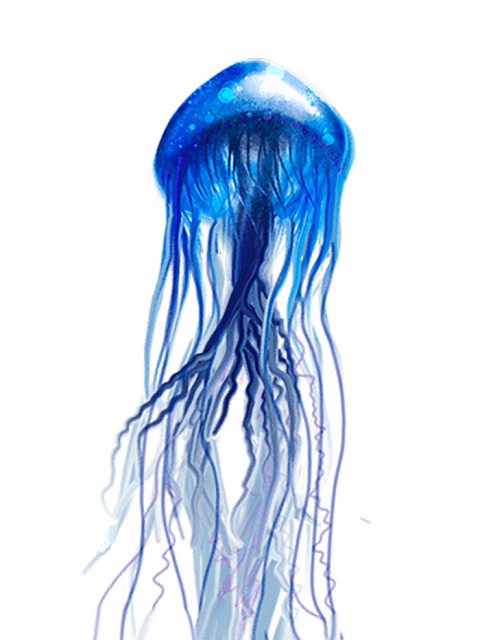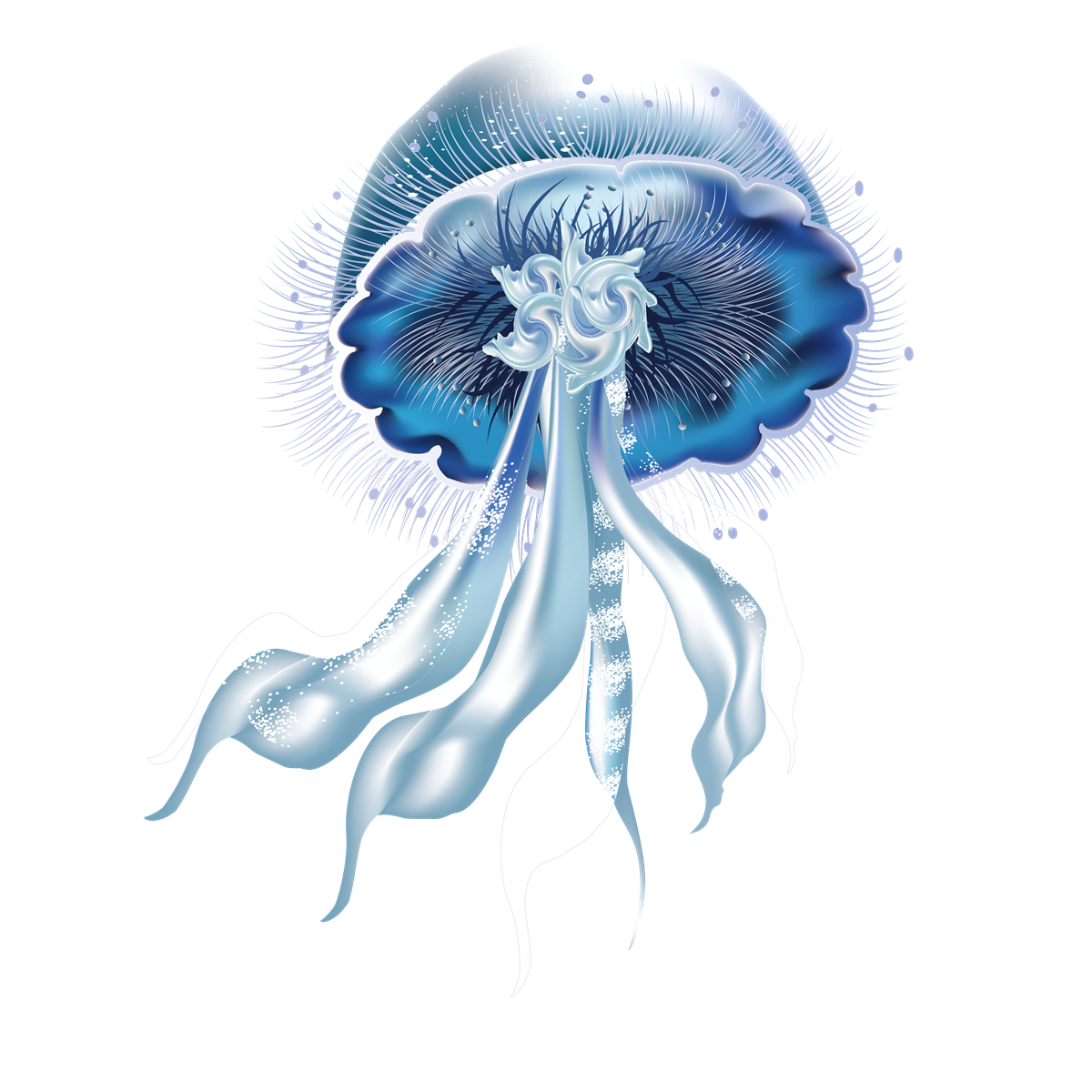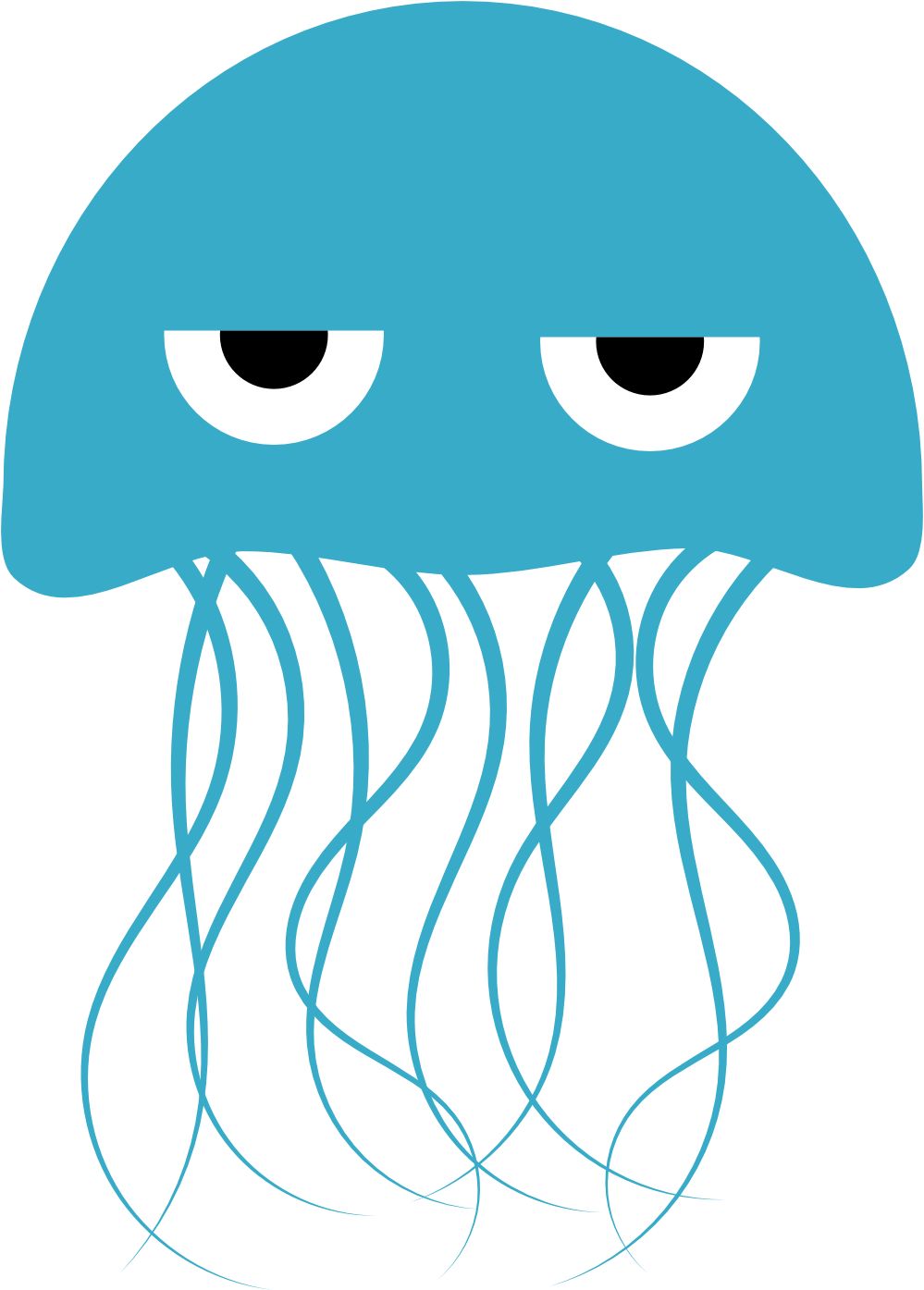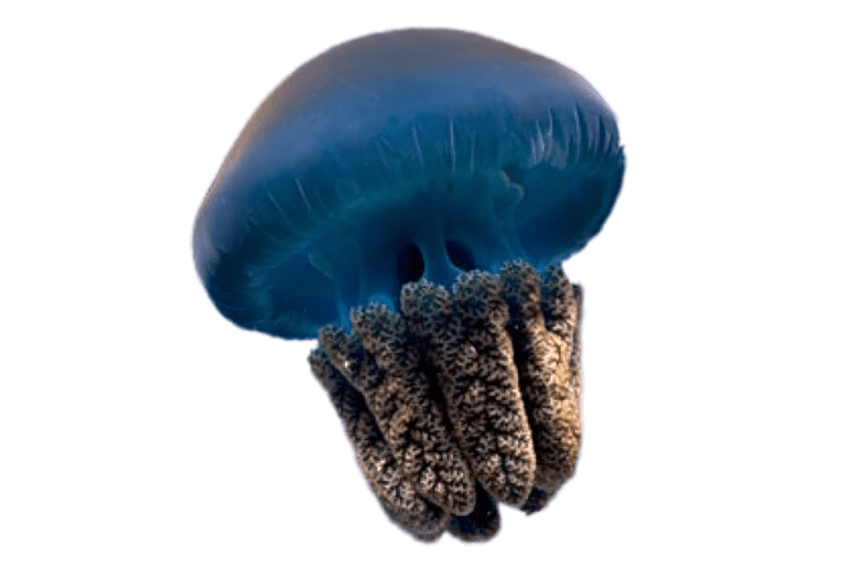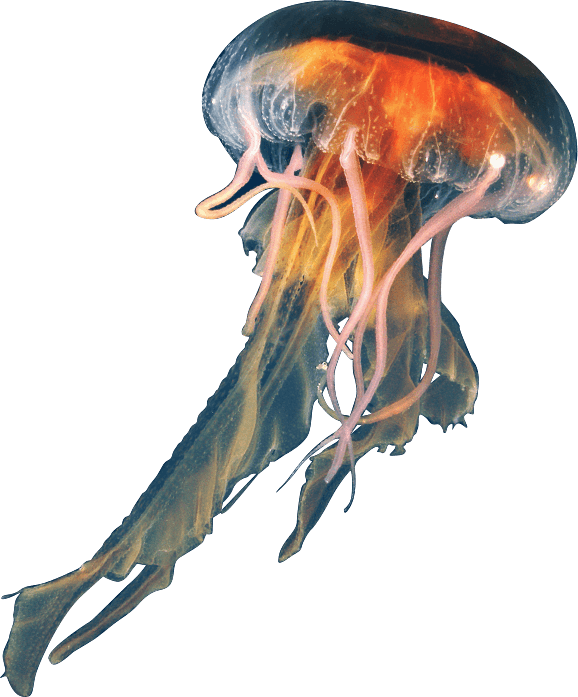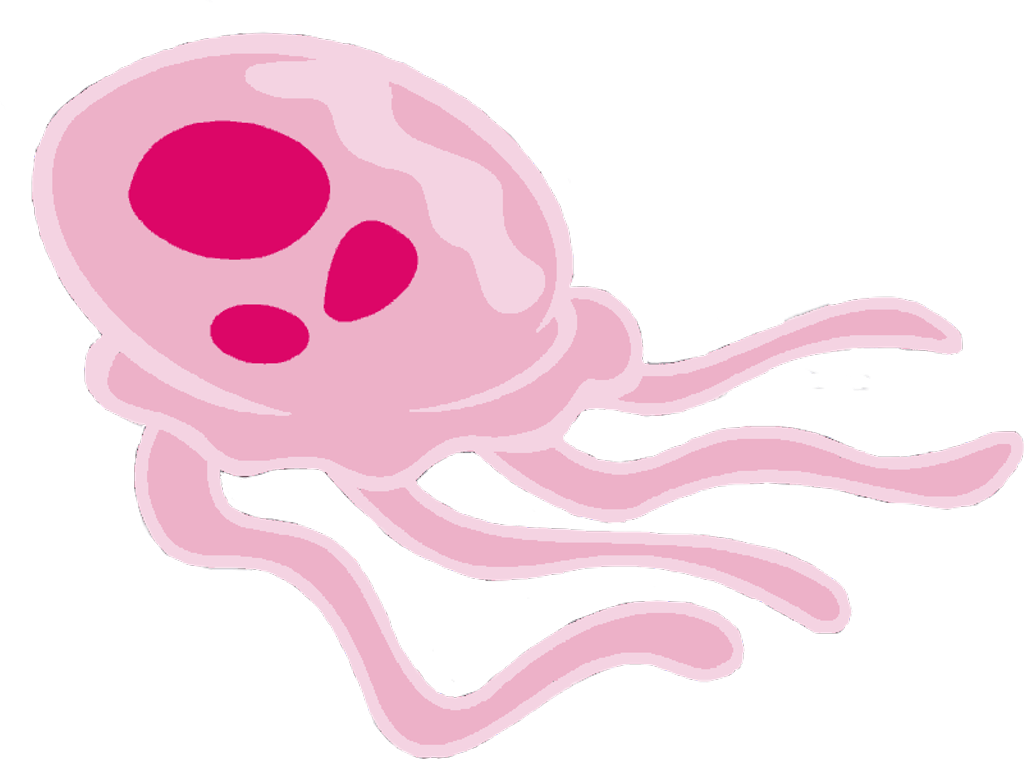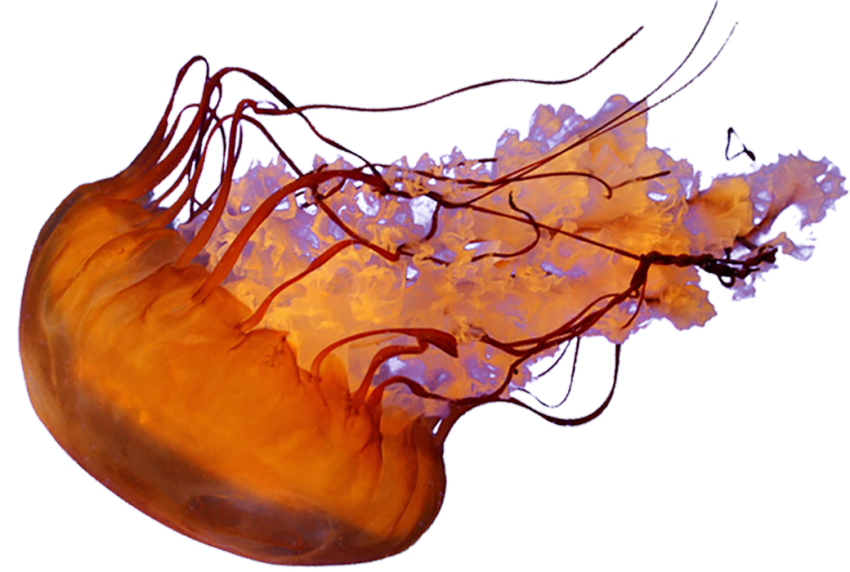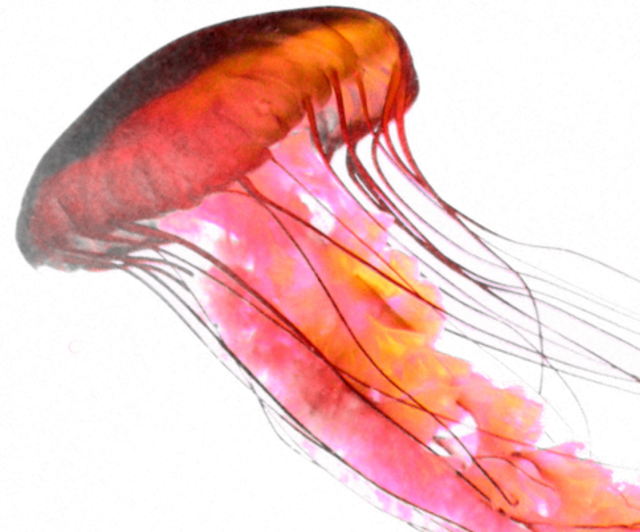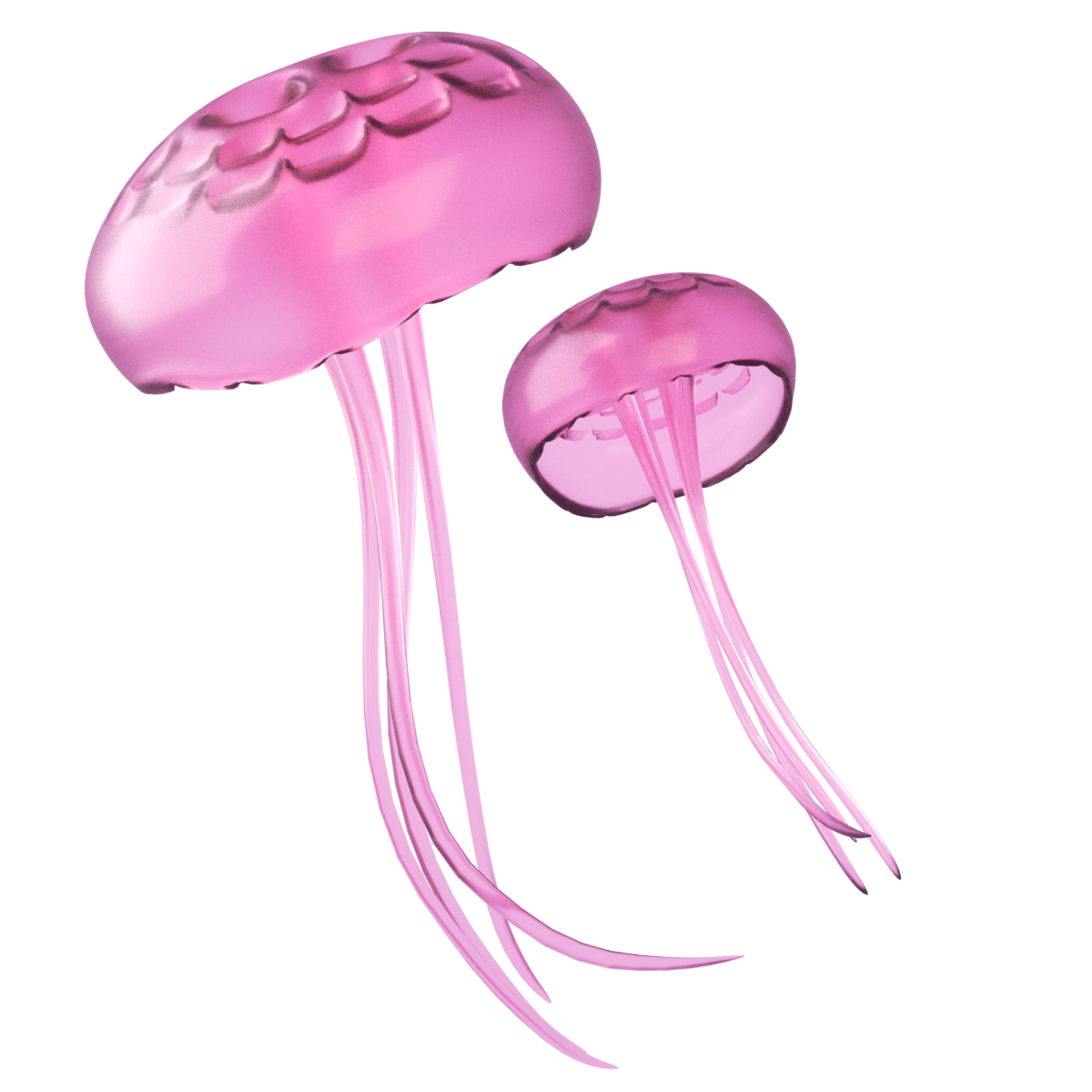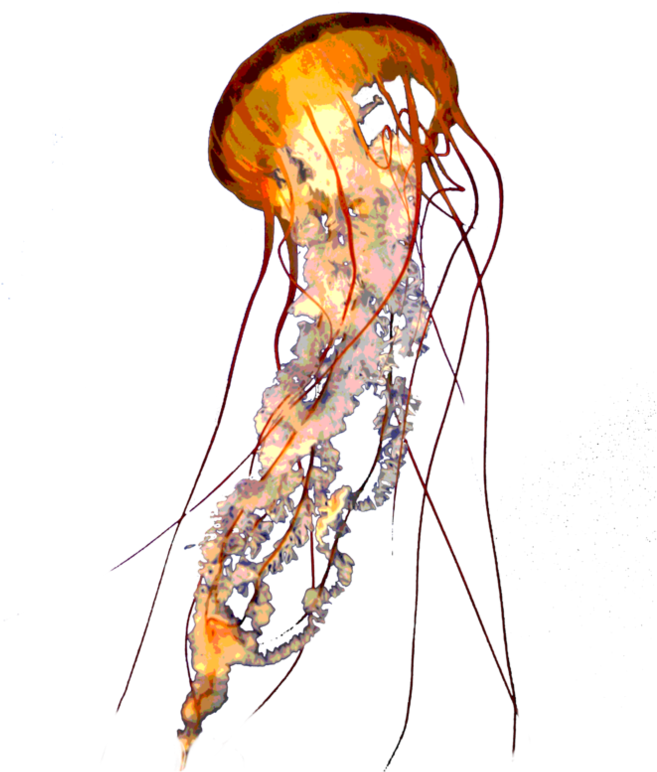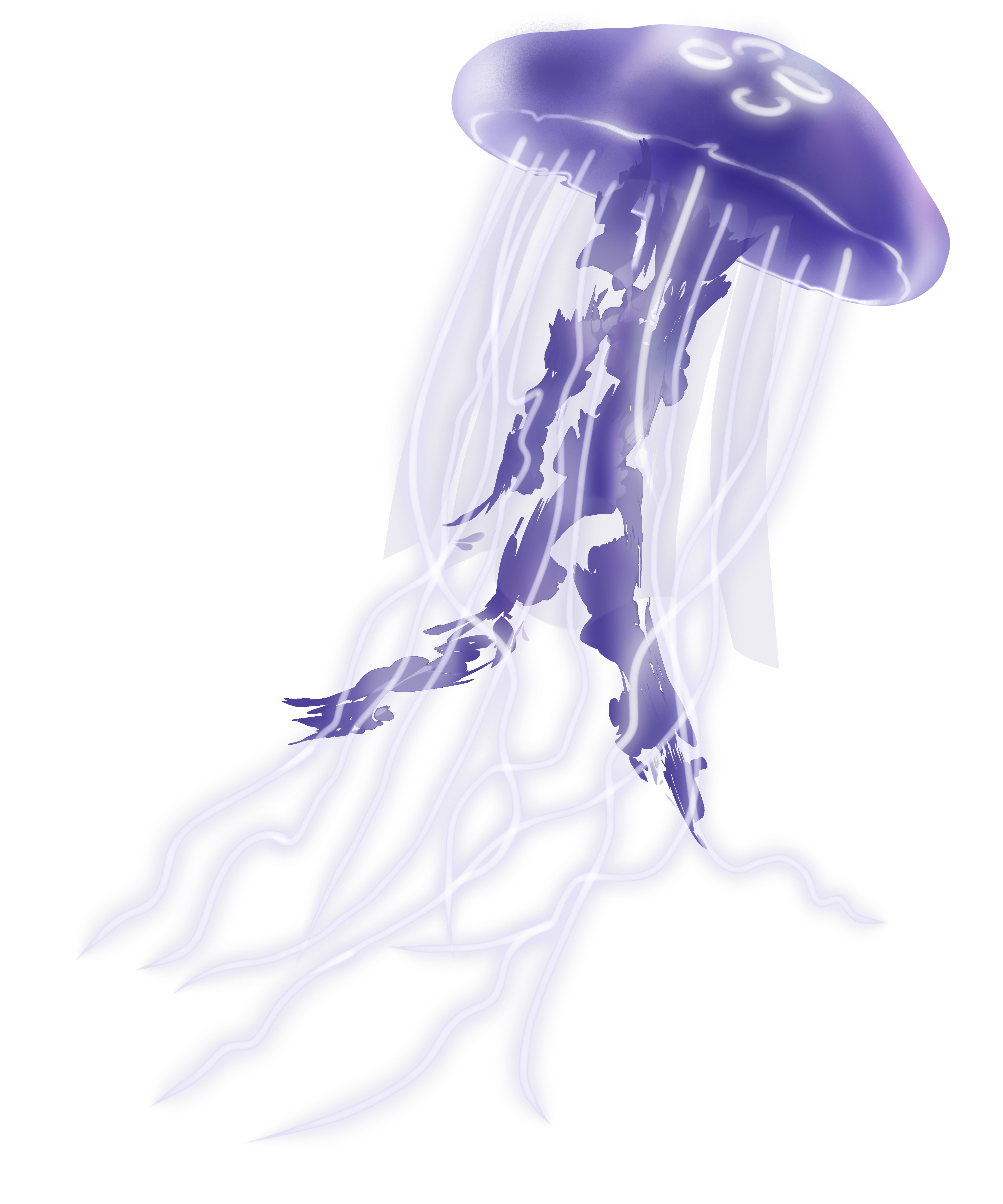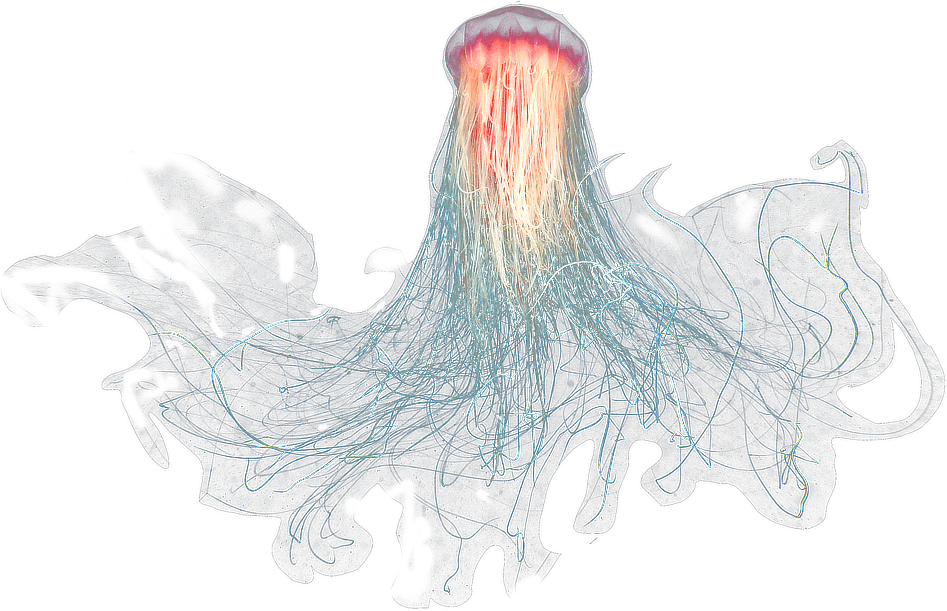Download top and best high-quality free Jellyfish PNG Transparent Images backgrounds available in various sizes. To view the full PNG size resolution click on any of the below image thumbnail.
License Info: Creative Commons 4.0 BY-NC
The medusa-phase of some gelatinous species of the subphylum Medusozoa, a key portion of the phylum Cnidaria, is referred to as jellyfish or sea jellies. Jellyfish are mostly free–swimming marine organisms with umbrella-shaped bells and trailing tentacles, while a few are stalk-anchored to the seafloor. The bell has the ability to pulse in order to create propulsion for extremely efficient mobility. The stinging cells on the tentacles can be utilized to catch prey and protect against predators. Jellyfish have a complicated life cycle; the medusa is the sexual phase, which produces planula larvae that spread far and undergo a sedentary polyp phase before sexual maturity.
Jellyfish may be found wherever on the planet, from the surface to the deep oceans. Scyphozoans (sometimes known as “real jellyfish”) are only found in the sea, however other hydrozoans with similar appearances can be found in freshwater. Jellyfish of various sizes and colors may be found in coastal areas all over the world. Most species’ medusae develop quickly, mature in a few months, and perish soon after reproducing, while the polyp stage, which is linked to the seafloor, may survive much longer. Jellyfish are the oldest multi-organ animal group, having existed for at least 500 million years, and probably 700 million years or more.
In certain societies, jellyfish are consumed by humans. In certain Asian nations, species of the Rhizostomae order are pressed and salted to eliminate excess water and are regarded a delicacy. They are a “ideal meal,” according to Australian experts, since they are sustainable, protein-rich, and low in food energy.
They’re also employed in science, where the green fluorescent protein that causes bioluminescence in certain species has been repurposed to serve as a luminous marker for genes put into other cells or creatures.
Jellyfish stinging cells, which are employed to subdue their food, can harm people. Every year, hundreds of swimmers are stung, with symptoms ranging from minor pain to major damage or death; tiny box jellyfish are responsible for many of these deaths. Jellyfish may create massive swarms when conditions are favorable, causing damage to fishing gear by overflowing fishing nets and clogging the cooling systems of power and desalination facilities that take their water from the sea.
Since 1796, the term “jellyfish” has been used to describe medusae and other related species, including comb jellies (ctenophores, another phylum). Although clam, cuttlefish, and starfish are not vertebrates, the name “jellies” or “sea jellies” is more recent, having been coined by public aquariums to avoid using the word “fish” with its current meaning of an animal with a backbone. The terms “jelly” and “jellyfish” have been interchanged in scientific literature. Scyphozoans are the only “real jellyfish” according to several authorities.
A “smack” is a collection of jellyfish.
Jellyfish are not a clade because they encompass the majority of the Medusozoa, with the exception of a few Hydrozoa. The existence of citations on the following phylogenetic tree indicates the medusozoan groupings included by authorities. Wherever feasible, the names of included jellyfish are displayed in boldface; the existence of a named and referenced example implies that at least that species within its group has been referred to as a jellyfish.
Download Jellyfish PNG images transparent gallery.
- Jellyfish PNG Image HD
Resolution: 640 × 640
Size: 184 KB
Image Format: .png
Download
- Jellyfish PNG Image
Resolution: 1200 × 1200
Size: 2902 KB
Image Format: .png
Download
- Jellyfish PNG Images HD
Resolution: 512 × 512
Size: 214 KB
Image Format: .png
Download
- Jellyfish PNG Images
Resolution: 600 × 392
Size: 163 KB
Image Format: .png
Download
- Jellyfish PNG Photo
Resolution: 2126 × 1417
Size: 640 KB
Image Format: .png
Download
- Jellyfish PNG Photos
Resolution: 480 × 640
Size: 273 KB
Image Format: .png
Download
- Jellyfish PNG Pic
Resolution: 569 × 1180
Size: 562 KB
Image Format: .png
Download
- Jellyfish PNG Picture
Resolution: 1200 × 1200
Size: 1001 KB
Image Format: .png
Download
- Jellyfish PNG
Resolution: 999 × 1395
Size: 103 KB
Image Format: .png
Download
- Jellyfish Transparent
Resolution: 850 × 568
Size: 277 KB
Image Format: .png
Download
- Jellyfish
Resolution: 578 × 697
Size: 103 KB
Image Format: .png
Download
- Jellyfish Background PNG
Resolution: 1024 × 759
Size: 160 KB
Image Format: .png
Download
- Jellyfish No Background
Resolution: 727 × 800
Size: 49 KB
Image Format: .png
Download
- Jellyfish PNG Clipart
Resolution: 850 × 572
Size: 484 KB
Image Format: .png
Download
- Jellyfish PNG Cutout
Resolution: 640 × 532
Size: 468 KB
Image Format: .png
Download
- Jellyfish PNG File
Resolution: 1200 × 1200
Size: 1870 KB
Image Format: .png
Download
- Jellyfish PNG Free Image
Resolution: 657 × 772
Size: 322 KB
Image Format: .png
Download
- Jellyfish PNG HD Image
Resolution: 4500 × 5400
Size: 12213 KB
Image Format: .png
Download
- Jellyfish PNG Image File
Resolution: 947 × 611
Size: 208 KB
Image Format: .png
Download
